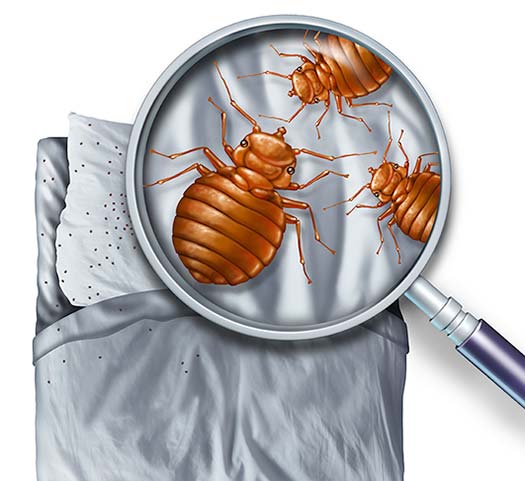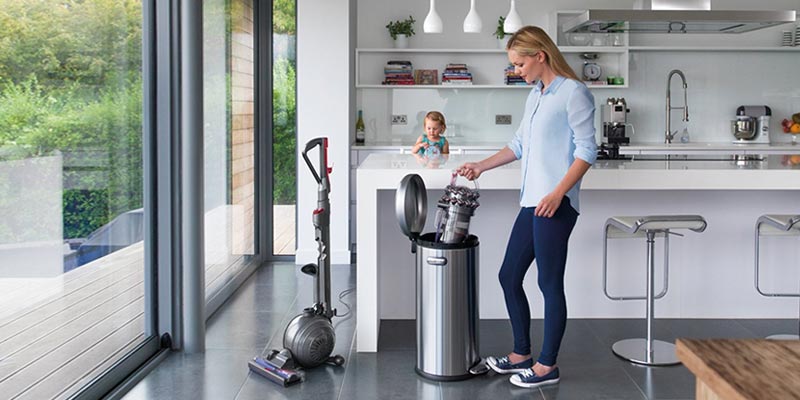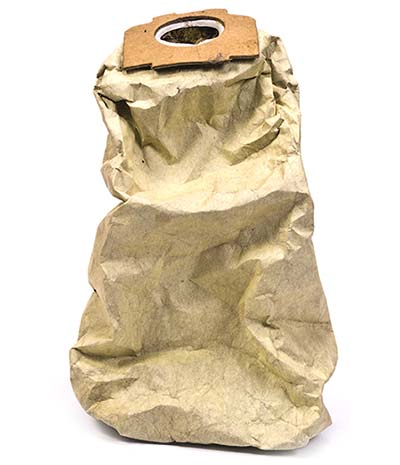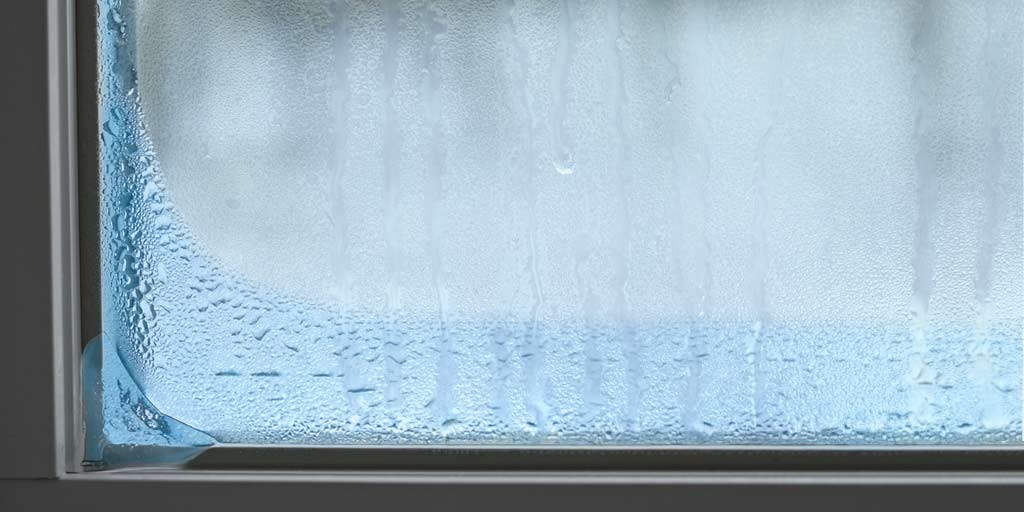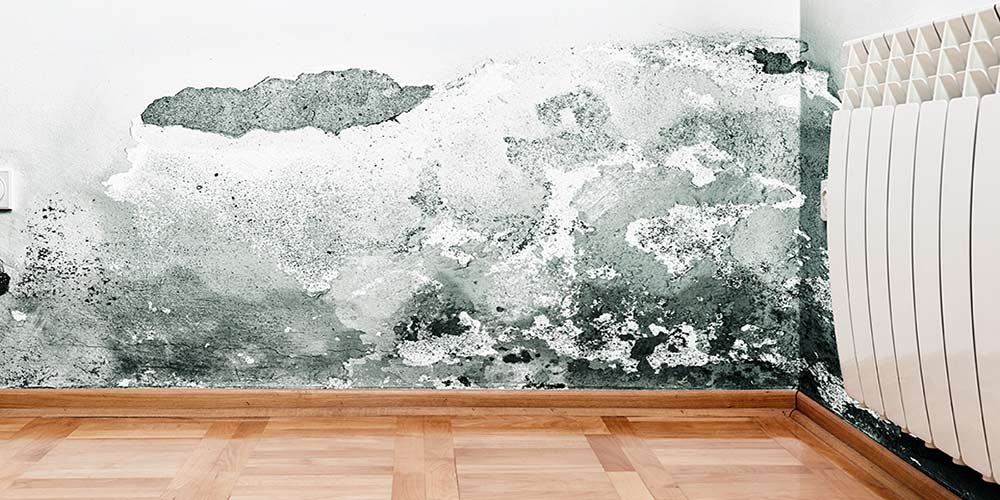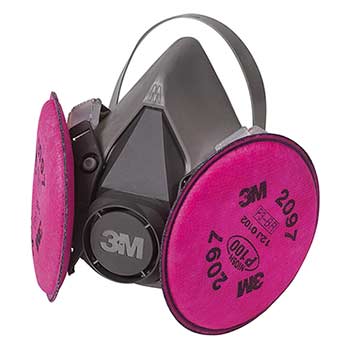It’s estimated that about a third of all food produced annually is thrown away before it can be consumed. Food waste is a growing problem… But, composting is a very simple alternative that allows homeowners to put some of their food waste to good use to help your garden grow and enrich the soil around your home.
Why You Should Start Composting
Composting is one of those great things in life that really does accomplish two things at once. You’ll not only generate less waste, but you can create rich fertilizer for your plants all at the same time. You can do your part to reduce the amount of rotting food and food scraps filling landfills while developing one of the best types of fertilizer possible.
To do composting well, you do need the right supplies and a basic understanding of how composting works. To help you find the best composter for your home, we have put together the following “Composter Buyers Guide” to get you started.
Types of Composters
There are three main types of composters you have to choose from, with a couple of subcategories within them.
Compost Bin
The most basic type of composters on the market are stationary compost bins. These often look somewhat like trash bins, are meant to stay in one spot, and you can add to them from an opening in the top.
This type of composter often features a large capacity and a removable lid, to protect your compost from the elements and interested animals (although these do tend to attract animals more than some of the other options).
These break down compost more slowly than other options and you have to do the work of mixing the compost manually to keep the process going. And it can be a little more difficult to remove the compost and transport it to your garden with these. But they’re the most affordable option and their simplicity appeals to a lot of gardeners.
Why You Should Buy a Compost Bin:
- Affordable.
- High capacity.
- Slower than other type of composters.
- Require more work than other options.
Compost Tumbler/Rolling Composters
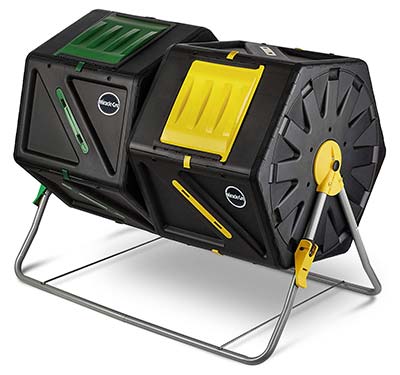
Compost tumblers and rolling composters are designed to make it easier to turn the compost regularly as you go, mixing it more often to speed the process of breaking it down.
This type of composter generally come up off the ground, which makes them more animal-proof than any composters that sit on the ground. And it’s relatively easy to empty them into a container when the compost is ready in order to transport it to your plants.
Rolling composters are similar to compost tumblers in being easy to turn so you speed up the composting process, but they’re less stationary. If you want, you can roll the composter up the house to make adding to it easier, and roll it over to your garden or plants when it comes time to empty it.
Both types are more expensive than stationary compost bins and, while generally easier to use, can become harder to turn as they get heavier. But if you want something that makes the process easier and faster and is likely to hold up to longer use over time, a tumbler or rolling composter is worth investing in.
Why You Should Buy a Compost Tumbler:
- More expensive than stationary bins.
- Creates compost faster.
- Very easy to use.
- More animal-proof than other types of composters.
- Can get harder to use as you add more to them.
Worm Bin / Worm Composter
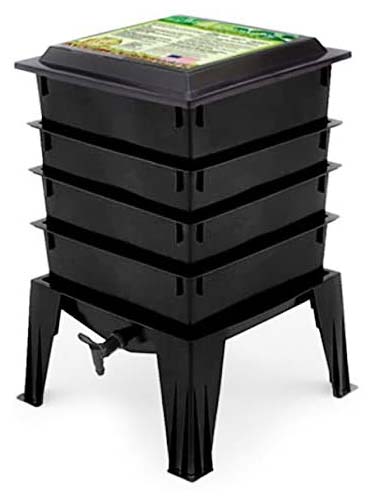
While both of the other options should definitely only be used outdoors, worm bins can actually be kept inside. These composters allow you to keep worms living in the compost bin where they can eat the kitchen scraps you toss in and convert them into nutrient-rich compost.
It’s the fastest option available and the worms consume your kitchen scraps before they start to get smelly, so you remove concerns about odors entirely. They’re also extremely low maintenance. The worms do most of the work for you so you don’t have to worry about turning or stirring the compost.
Worm bins are often more expensive than your other options, but for those with limited yard space or who want a faster, easier option, they’re worth the higher cost.
Why You Should Buy a Worm Bin:
- Often more expensive than other types of composters.
- Low maintenance.
- Fast.
- Can be used indoors.
- Takes up very little space.

12 Factors to Finding the Best Composter
In addition to selecting the right type of composter, you have a number of different factors to consider in order to help you select the right model.
1. Size
One of the first things to think about is size. If you’ll be keeping a composter in your yard (which is necessary for any type of composter other than worm composters), you should have a spot in mind for it before you choose which composter to buy so you can make sure to buy one that will properly fit. If you’ll be going with a worm composter and plan to keep it indoors, the same thing goes: where in your house will you be keeping it and how much space can you afford to give over to it?
Generally speaking, bigger composters will cost more and be harder to move if the need ever comes to do so. But they’ll have a higher capacity so you’re able to create more compost. If you have a lot of plants or a particularly large garden, being able to create a higher quantity of compost will be important.
2. Speed
The decomposition that turns your old leaves and food scraps into fertilizer takes time. With some composters, it will take a lot more time than others.
If you want compost fast, then a worm composter is your fastest option. Tumbler composters are usually more affordable than worm composters and not as fast, but if you stay on top of turning them regularly will break down the compost much faster than stationary composters.
There are a few other factors that influence how fast the composting process is:
- Color — A black composter will absorb heat more, which cooks the compost and speeds up the decomposition process.
- Aeration — Compost needs exposure to a certain amount of air in order to break down. Stationary bins should therefore have some slits or openings that let air in, and you should plan on turning tumblers or stirring the compost in stationary bins to give more of the materials the chance to be exposed to air. But you have to be careful, as too much aeration can mean the compost doesn’t get hot enough to cook adequately – which is why most tumblers are fully enclosed.
- Moisture — Compost should be a little bit moist, without being too wet. If your compost gets either too wet or too dry, the composting process won’t work as efficiently. You ideally want your compost to have a moisture level equivalent to a wrung out sponge. When it gets too dry, water it a bit. When it gets too wet, add some more dry materials to it.
- The Carbon to Nitrogen Ratio — This is where composting can get a little complicated. If you want your compost sooner rather than later, you need to get the ratio of green materials (kitchen scraps, grass clippings, egg shells) and brown materials (sawdust, fall leaves, straw, twigs) right. Experts recommend a ratio of about 30 parts brown materials to one part green materials. If you get the ratio wrong, you should still end up with compost, it will just take longer.
The composter you buy can make a difference in how fast the composting process goes, but you can also do a little bit to speed up the process with whatever type you get, if you so desire.

3. Price
There’s a pretty wide range in the cost of composters. People that prefer to take the DIY route can throw something together pretty cheaply or even just create a pile for composting (although you risk attracting animals and having to deal with a nasty smell if you go that route). But if you opt to purchase a composter, you’re looking at anywhere from $50 for a low-end stationary compost bin to about $300 for a high-end worm composter.
Most composters of all types fall somewhere in the $80-$150 range though. If you’re able to spend somewhere within that range, you’ll have plenty of options to choose from.
When considering how much to spend, keep in mind that composting can save you money on fertilizer and reduce the amount of waste you produce each week. Your upfront cost will help you spend less over time.
4. Ease of Use
There are a few main factors that affect ease of use. One is how often you have to mix or turn it, and how much work is involved in doing so. Stationary compost bins can be hard to stir, whereas tumblers usually have a lever you can turn to mix the compost fairly easily. Of course, worm composters are the easiest of all since you never have to do anything to mix the compost.
Another factor to consider is getting the mix of nitrogen and carbon just right. This primarily matters if you’re hoping to speed up the process, but can get a little complicated to keep up with and get enough of the right materials at the right time. A big appeal of worm composters in comparison to the other types is that you simply don’t have to worry about any of this stuff at all.
And finally, you have to consider how difficult a composter will be to empty at the point where you need to access finished compost. With stationary composters, this can be difficult as you have to figure out how to get to the finished compost on the bottom while leaving the unfinished compost on the top – that is, unless you keep two stationary bins so one can cook while the other has new items added to it. Even in that case though, you have to remove all the compost from the bin and transport it to where you’ll be using it, which can be tricky.
Tumbler composters are often off the ground, so you can spin the composter to where the opening is facing the ground and dump the finished compost into a wheelbarrow or other container to transport it. And roller composters let you roll the composter right up to where you’ll be using it, but you’ll still need to deal with getting the compost out and spreading it around.
This is another category where the clear winner is the worm composter. Worm composters are designed to have several levels and the worms eat their way up the food scraps. That means the finished compost ends up in the bottom layer, which can be easily removed so you can empty the compost where needed.
5.How Durable the Composter Is
The durability of the composter you choose will generally have more to do with the material it’s made of and the quality of the construction than the type of composter it is. That said, in looking over reviews of various types of composters from different brands, tumbler and worm composters tend to fare better in this category than stationary composters.
Your best option for determining how durable a composter is likely to be before buying is to peruse the user reviews. People often take time to mention it if a composter they buy starts to show problems within the first few months or first couple of years, and some people will even come back years later to praise a brand or particular composter for lasting a long time.
6. How the Composter is Ventilated
As previously discussed, one of the key components in the composting process is making sure that the compost is exposed to just enough air (but not too much). For that reason, most stationary and rolling composters need to have some kind of slits or holes to let a little bit of air in. Tumbler composters don’t always include slits or holes, since the spinning process ensures the different parts of the compost get more access to air.
7. Pests
While most garden bugs that may access your compost are beneficial, larger animals like raccoons, opossums, and rodents are not. Compost piles and some stationary bins are at risk of attracting critters that make a mess of your compost in order to take advantage of the kitchen scraps. Compost tumblers and worm composters are generally more protected from critters and reduce your risk of having to deal with cleanup (and a slowed down process) after a raccoon scatters your compost about the yard.
8. Will the Composter Emit Unpleasant Odors & Smells
The composting process can be smelly. Worm composters manage to eliminate this issue entirely, since the worms consume the food scraps before they get the chance to rot. But for other types of composters, that rotting is simply part of the process.
A composter that’s made of a thicker material can reduce the amount of smell you have to deal with. You’ll probably notice the smell when you open your bin or tumbler to add more, but will be spared from it the rest of the time. Nonetheless, most people will want to keep their composter some distance from the house to be safe.
9. What the Composter is Made From
Most composters are made of plastic which is good for absorbing heat, which speeds up the composting process – especially if the plastic’s in a dark color. A few composters are made of wood, which means they’ll look nicer in your yard, but you have to be more concerned about rot, they won’t heat up as fast, and they don’t usually have as snug of a lid for keeping animals out. If you want a bin that looks nicer in your yard though, they pretty handily beat plastic composters in that category.
10. Is it a Multi-Bin Composter?
Many tumbler composters include multiple compartments so you can fill up one side and let it cook, while you start to fill the other side. That way the composting process isn’t slowed by the continual addition of new materials. Many people who compost will want either a composter with two compartments, or to get two composters for this reason.
With stationary bins, you can try to access the finished compost on the bottom while the new materials on top continue to cook, but that’s a tricky (and messy) process. Two compartments or bins side by side are much simpler.
Worm composters are the one exception. Their design makes it pretty easy to remove the bottom section where the compost is finished without having to worry about the food scraps above that aren’t done yet.
11. The Weight of the Composter
For stationary composters, weight doesn’t have to be much of a consideration, at least not once you have them installed and put into place. For anything you expect to have to move or turn, the heavier it gets, the harder that will be.
Consider the weight before you start filling it, and imagine what it’s going to be like once it’s full. If you’ll have a hard time turning the composter or moving it as needed, then you might need to consider a lighter alternative or plan on not filling it all the way.
12. How Easy it is to Assemble
While this is only an issue once, it can make a big difference in how satisfied with your composter you are soon after purchase. This is another factor where your best bet is to check the reviews of a composter before buying to see if it’s likely to be difficult to put together.
If you’ll be dealing with the assembly alone or know you generally aren’t great at putting things together, then you can steer clear of composters with a reputation for being difficult (or know in advance to ask a friend over to help).
Composting Accessories & Extras
- Compost Bucket — Most people won’t want to run outside every time they do food prep to throw items in the composter. A compost bucket can sit on your kitchen counter and be added to until it’s full and you head out to dump it.
- Compost Starter — Compost starter can help speed up the process of getting your compost cooking so it’s done sooner.
Conclusion
Compost is a fairly easy way to reduce your waste and make your plants happier. Figure out which composter makes the most sense for your home and make a move toward becoming greener in general, and more of a green thumb as well.
